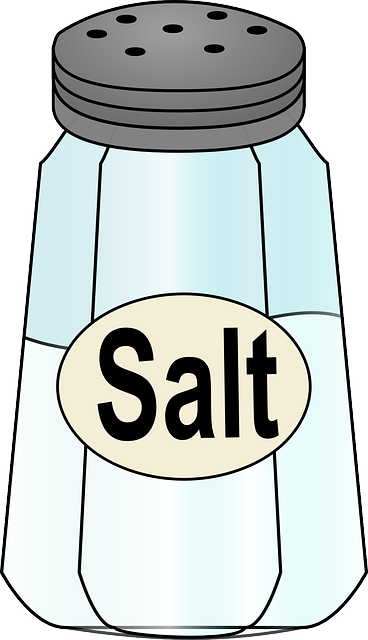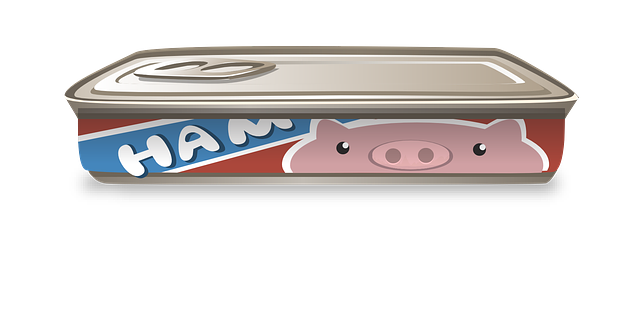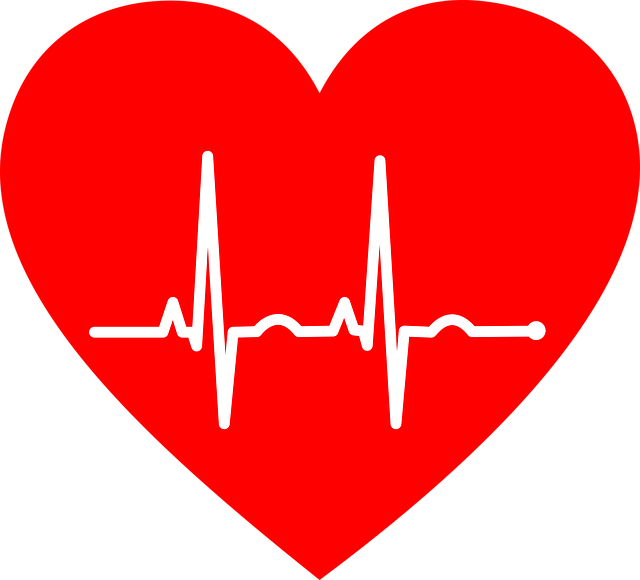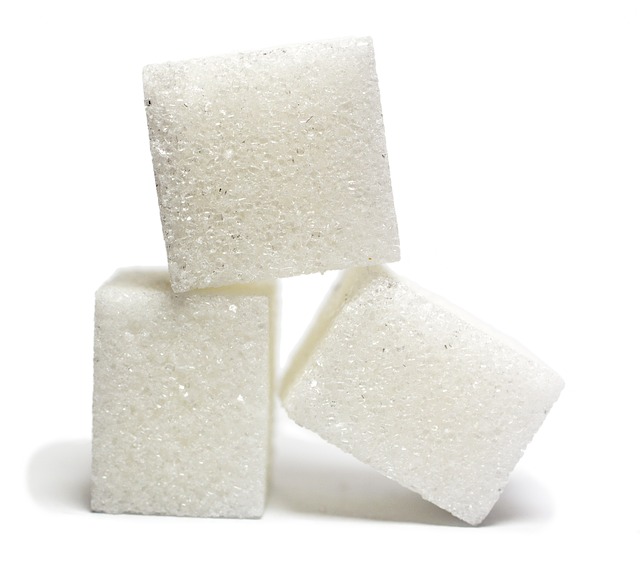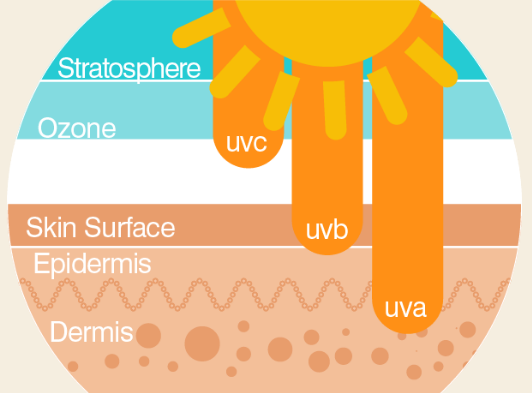Food preservatives are added to MANY of our food items to give them a longer shelf life. They are added to foods that go bad quickly and are found in all kinds of products in our grocery stores.
It is of interest to note that different types of preservatives work in different ways. Some prevent the growth of bacteria and mold. Others prevent delicate fats from going rancid.
There are many different types of preservatives used. And while the most commonly used ones are “approved,” this doesn’t mean that they are necessarily healthy. Added to this, foods with preservatives tend to be more processed and less-nutritious foods to begin with. Not a good 1-2 punch for cancer prevention.
So let’s learn more about a few common food preservatives.
 SALT
SALT
Back in the day, before that advent of refrigeration, salt was used to preserve food.
But in today’s day and age, with the advent of refrigeration, salt is not needed for food preservation nearly as much. But our taste buds still seem to crave it on an epic scale. The average American eats over 3,400 mg of sodium per day, well over the recommended 2,300 mg/day. Much of this is because salt is found in many processed foods.
According to Harvard Health:
“… reducing dietary salt (table salt that is only sodium, chloride and iodine) will lower blood pressure, reduce the risk of heart attack and stroke, and save lives.”
So, salt is one of those all-too-common food preservatives that most of us will do better with less of.
Nitrites (nitrates and nitrosamines)
Nitrites are preservatives added to processed meats. They’re not bad in and of themselves, but they do turn into harmful chemicals called nitrosamines. Nitrosamines are carcinogens found in cigarette smoke. Nitrites form nitrosamines when they are cooked at high heat, and sometimes even when exposed to the high acid environment of the stomach.
Nitrites are added to meats to keep the pink-red colour and prevent “browning.” They are found mainly in bacon, ham, sausages and lunch meats.
Of note, processed meats have been linked with colon cancer. Because of the nitrites? Perhaps, but either way, nitrosamines are a confirmed health-buster.
Since nitrosamines (from nitrites) are the bad guys and are formed by cooking nitrites at high heat, what are nitrates?
Nitrates are naturally found in many healthy foods like vegetables. They’re especially high in beets.
Sometimes our enzymes or gut bacteria change these healthy nitrates into nitrites. However, they rarely form nitrosamines.
BHA & BHT
Have you seen BHA & BHT on any packaging? Perhaps on cereal packages or in gum?
“BHA/BHT has been added to the package to help maintain freshness?”
BHA (butylated hydroxyanisole) and BHT (butylated hydroxytoluene) are preservatives. They are antioxidants added to many processed foods. The main way BHA and BHT work is by preventing fats from going rancid. Are they safe? Well, they’re approved for use as a preservative in small doses. However, some studies have shown that they can cause cancer in animals at high doses.
So how do we minimize our exposure to preservatives?
First and foremost this is best accomplished by eating fresh, whole foods. This will ensure that your diet is low in preservatives and loaded with important nutrients to fuel your good health.
Secondly read your labels. Know what you are consuming. Knowledge is power!
References:
https://authoritynutrition.com/are-nitrates-and-nitrites-harmful/
https://authoritynutrition.com/9-ways-that-processed-foods-are-killing-people/
http://www.precisionnutrition.com/all-about-endocrine-disruptors
http://www.health.harvard.edu/newsletter_article/salt-and-your-health
https://examine.com/nutrition/scientists-just-found-that-red-meat-causes-cancer–or-did-they/


